Semantic Layers and the Future of Agentic Analytics
What data professionals should now about this pivotal shift
Not enough people are paying attention!
But there is a huge shift happening behind the scenes — one that will shape the future of data analytics and artificial intelligence.
It’s what many are starting to call Agentic Analytics.
You see, in 2026, we’ll see big changes in how data professionals work and all because of a little something called a “Semantic Layer“ (and shout out to Ontologies)
If you don’t know what any of those terms mean, don’t worry, you are in the right place. I plan to break it all down for you.
Just know this: If you work in data and analytics, especially as a data scientist, this isn’t something to ignore. You have a huge opportunity on your hands to get ahead of the curve and actually shape how the next generation of analysts will work.
Here is what we’ll cover
What exactly do we mean by Agentic Analytics?
The Semantic Layer
Where is the industry headed? The OSI promise
My humble predictions for 2026
What exactly do we mean by Agentic Analytics?
I think it’s probably best we start by unpacking this term Agentic Analytics.
And no, it’s not just another buzzword; it actually represents a natural evolution of how analytics is done.
You see, for years, companies tried to solve the problem of data access through self-serve analytics. Dashboards, BI tools, and data catalogs were all great ideas, and to be fair, they worked to some extent.
Features like Looker’s “Explore from here” gave non-technical teams more autonomy than ever before.
But even with all that progress, most teams still face the same bottlenecks:
Business users depend on data teams for every new metric or definition.
Analysts spend time jumping between tools, context, and dashboards.
Insights still take too long to reach decision-makers.
The promise of “self-serve” analytics became more about self-serve dashboards than self-serve insights.
That’s where AI agents change the equation.
They can interpret intent, access data directly, and generate insights on demand, not in days or weeks, but in real-time.
And that’s exactly what the term Agentic Analytics captures: a new generation of analytics where intelligent systems do the heavy lifting, and humans focus on asking the right questions.
That all sounds great, but…
Yeah, I know, I’m thinking it and so are you: It can’t all be that easy, right?
You are right, and it’s not, there is one big challenge…
Even if AI agents can access your data, they still need to understand it. And that’s where most systems fall short.
Your database knows what tables and columns exist, but it doesn’t know what “active user,” “churn,” or “retention rate” actually mean for your business.
That knowledge lives in people’s heads, scattered documentation, or buried inside Slack threads that no one will ever find again.
In other words, your data has structure, but your meaning doesn’t.
Enter: The Semantic Layer
A semantic layer creates a shared understanding of how data connects to business concepts.
It defines things like metrics, relationships, and entities in a consistent, machine-readable way.
What you’ll often find is that this layer is made up YAML files containing a structured definition of your tables and views. Here is a generic example:
So instead of an AI agent guessing what “daily active users” means, it can look it up and query the right data (with the correct metric calculations) automatically.
A brief history lesson
I need to do this short segue because I know many of you who’ve been in the data space for a while are probably screaming at your screens, saying: This isn’t anything new!
And you’d be right!
We’re talking about this now because these concepts started spiking in popularity again in early 2025 for a few reasons: mainly the rise of AI agents, context-aware systems, and the push toward standardization through initiatives like OSI (more about this in the next section).
But the idea of the semantic layer in data analytics has actually been around since the 1990s. It first appeared in enterprise data warehouses as a way to translate raw tables into business-friendly views, something business users could actually understand.
Looker later revived this concept in a modern way with LookML, a true modeling layer that defined metrics, joins, and relationships in code. That approach became the foundation for how many teams think about semantic layers today.
What’s different now is that the same concept is being extended beyond BI. Instead of only powering dashboards, semantic layers are becoming the backbone of AI agents, letting them reason about data using shared business definitions.
Where is the industry headed? The OSI promise
If there’s one thing history teaches us, it’s that every major shift in data has come from standardization.
The modern data stack gave us standard ways to store and transform data. Now, we’re moving toward standard ways to describe and share meaning across tools.
That’s exactly what’s happening right now with the Open Semantic Interface (OSI) initiative.
This initiative reflects the industry coming together, not competing, to solve shared challenges and build a more connected, open ecosystem for all
— Snowflake
In September 2025, many of the biggest names in analytics and AI came together to announce a shared goal: creating an open standard for how systems define and communicate business context.
We’re talking about companies like dbt Labs, Snowflake, Google, Cube, Transform, and others, all aligning behind a common specification.
The idea is simple: instead of every platform having its own definition of metrics and entities, the OSI provides a single shared interface that any tool or AI agent can understand.
If it works, the implications are huge:
Any AI tool (like Cursor or Claude) could plug into your company’s semantic layer.
Metric definitions become reusable across dashboards, notebooks, and agents.
Context becomes portable instead of something that gets lost every time you switch tools.
If the idea of keeping your business context vendor-agnostic resonates with you, this should give you real hope for the future.
My humble predictions for 2026
Here’s where I think things are headed:
The commoditization of the semantic layer
By the end of 2026, the idea of a semantic layer will start moving from cutting-edge to expected. It won’t be everywhere yet, but more companies will begin adopting it as part of their modern data stack, whether through open standards like OSI or proprietary versions built into existing analytics and AI tools.
Agentic Analytics in practice
We’ll also see the concept of Agentic Analytics take real shape, not as isolated AI add-ons, but as part of how data work gets done day-to-day. Expect more “talk to your data” capabilities across both lightweight integrations and enterprise platforms.
Here’s my recommendation to data scientists: be part of that design process.
You already understand how data connects to business value, which makes you uniquely positioned to shape this new layer of intelligence. Don’t wait for vendors or AI teams to define it for you.
Experiment, build prototypes, and think about how context, governance, and reasoning can live inside the tools you already use.
This is why learning how to use the semantic layer inside real AI workflows has been a core part of my AI Workflows Bootcamp.
The 22 data scientists enrolled learned to build everything from lightweight data cleaning agents to MCP servers from scratch, custom GPTs, and their own talk-to-your-data Slackbots.
👉 If you’d like to join Cohort 2, you can add yourself to the waiting list at futureproofds.com
Closing thoughts
There is no doubt in my mind that we’re entering a new phase in analytics.
For years, data scientists have focused on building models, uncovering insights, and helping teams make better decisions. That work isn’t going away. What’s changing is how we get there and how quickly we can democratize insights.
The rise of semantic layers, OSI, and Agentic Analytics marks a shift toward systems that can understand context and reason about data more like we do.
If you’ve read this far, take it as your cue to start exploring what’s possible.
Because the data scientists who learn to work with these new systems early on will be the ones shaping what analytics looks like in the years ahead.
A couple of other great resources:
🚀 Ready to take the next step? Build real AI workflows and sharpen the skills that keep data scientists ahead.
💼 Job searching? Applio helps your resume stand out and land more interviews.
🤖 Struggling to keep up with AI/ML? Neural Pulse is a 5-minute, human-curated newsletter delivering the best in AI, ML, and data science.
Thank you for reading! I hope this article helps you look ahead and prepare accordingly
- Andres Vourakis
Before you go, please hit the like ❤️ button at the bottom of this email to help support me. It truly makes a difference!


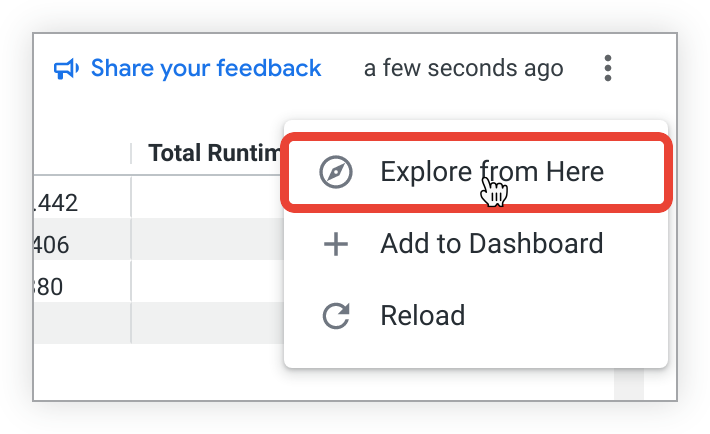
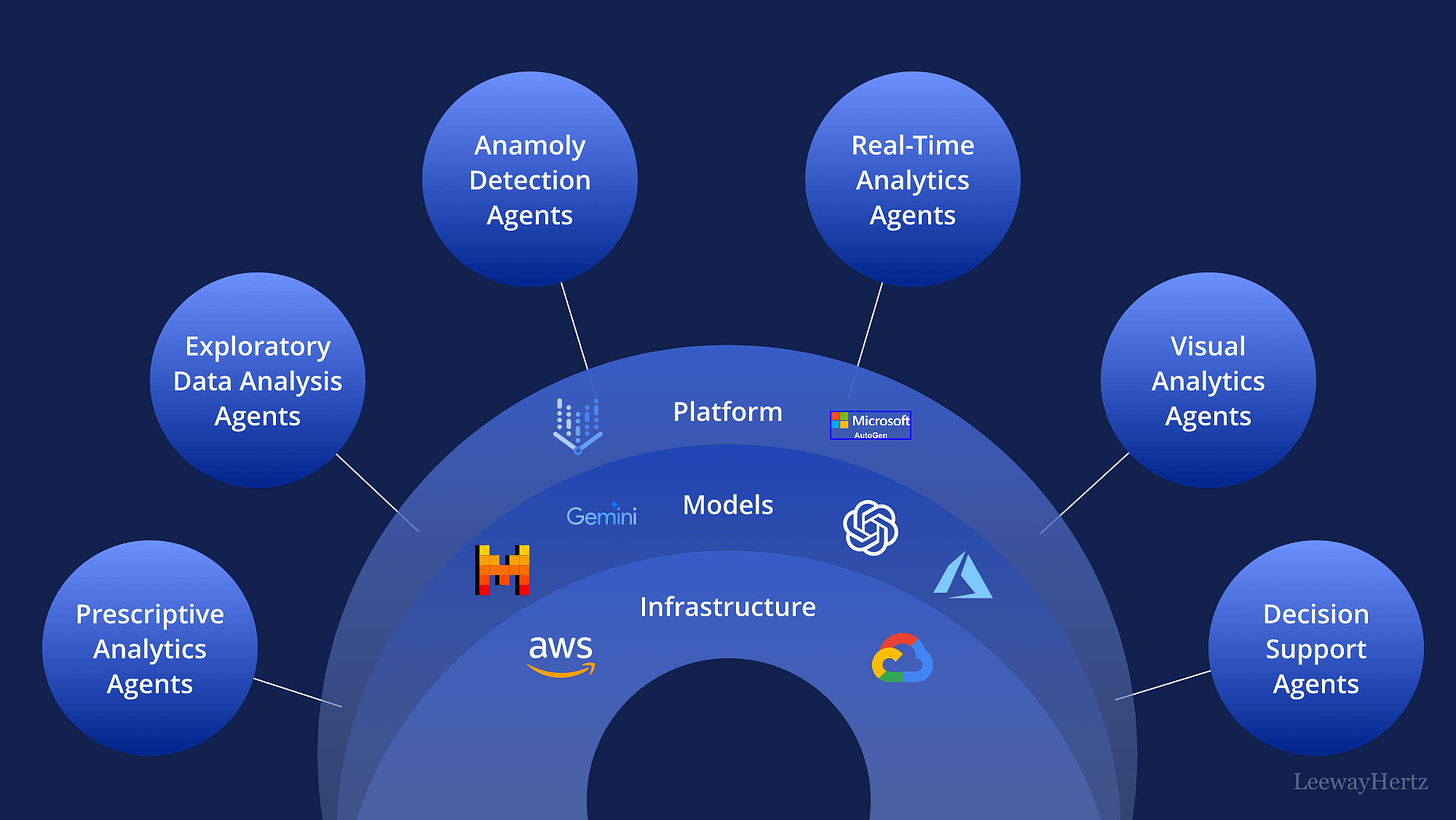

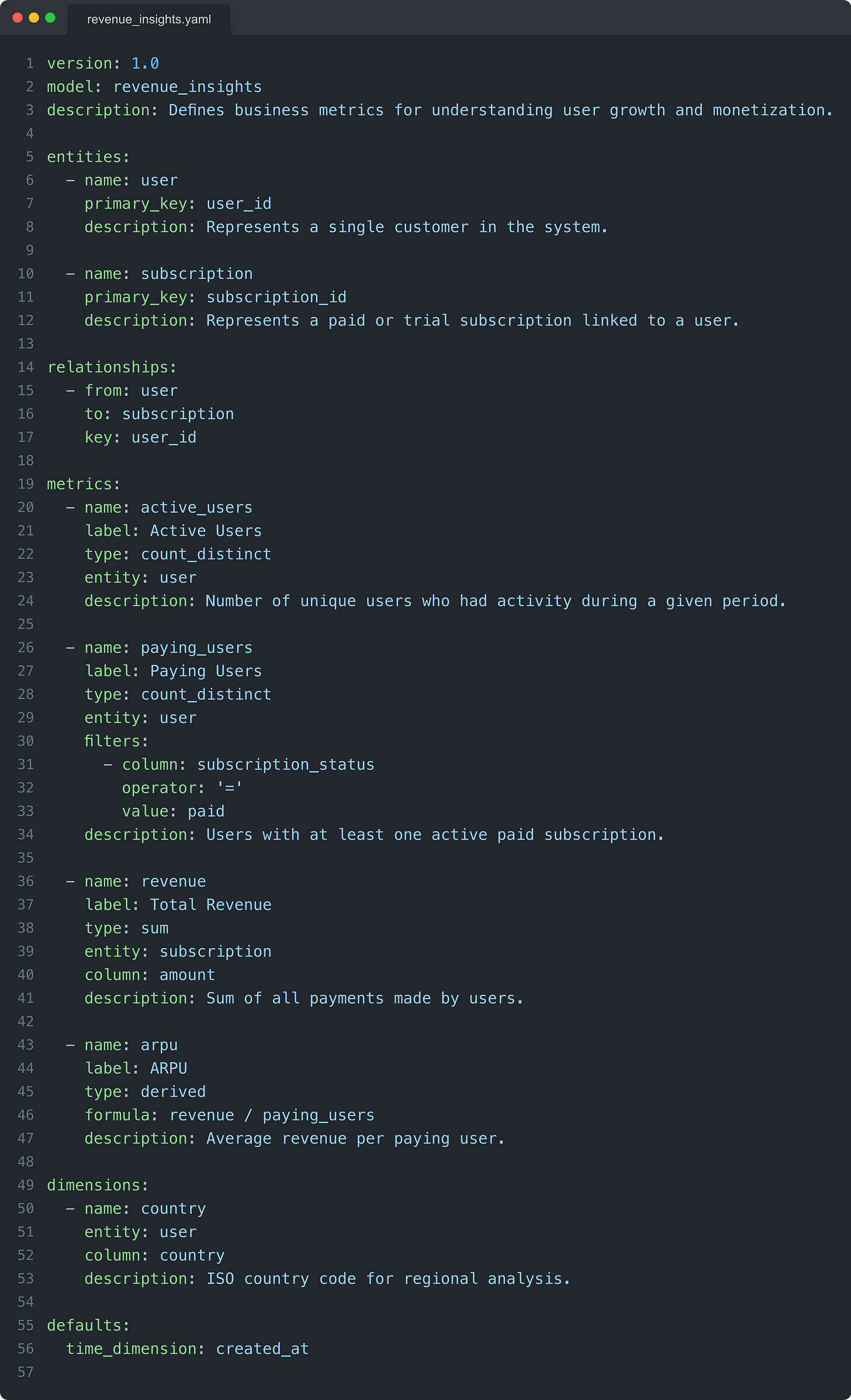
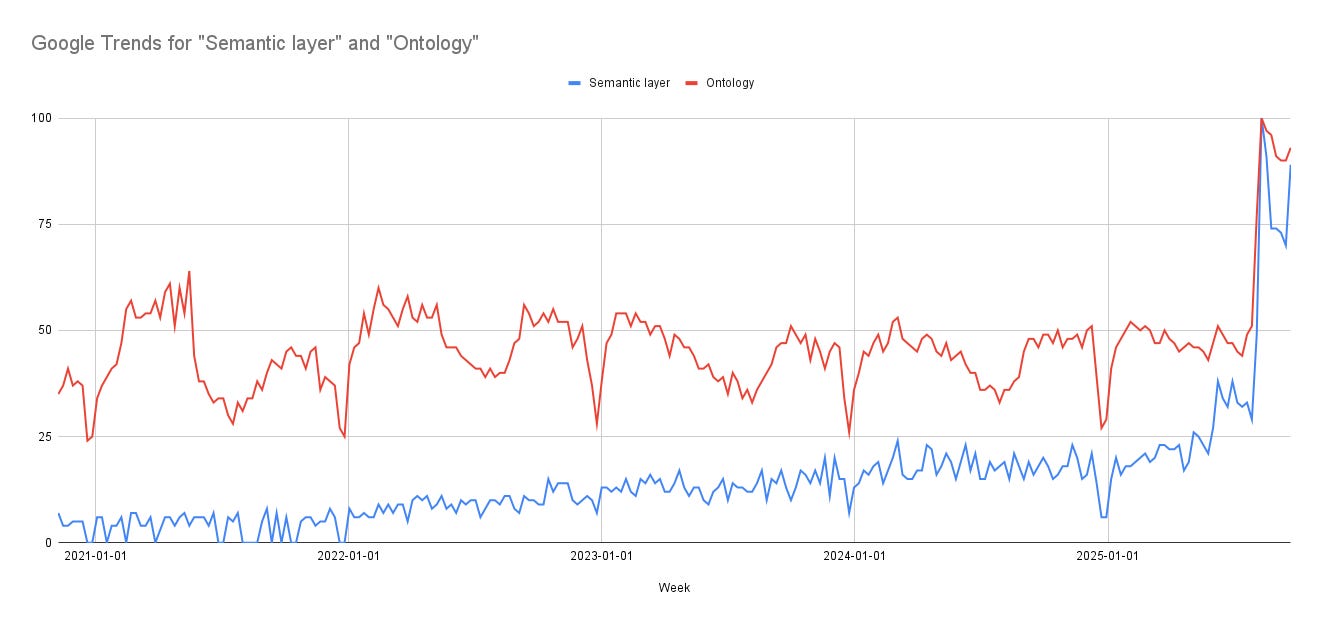

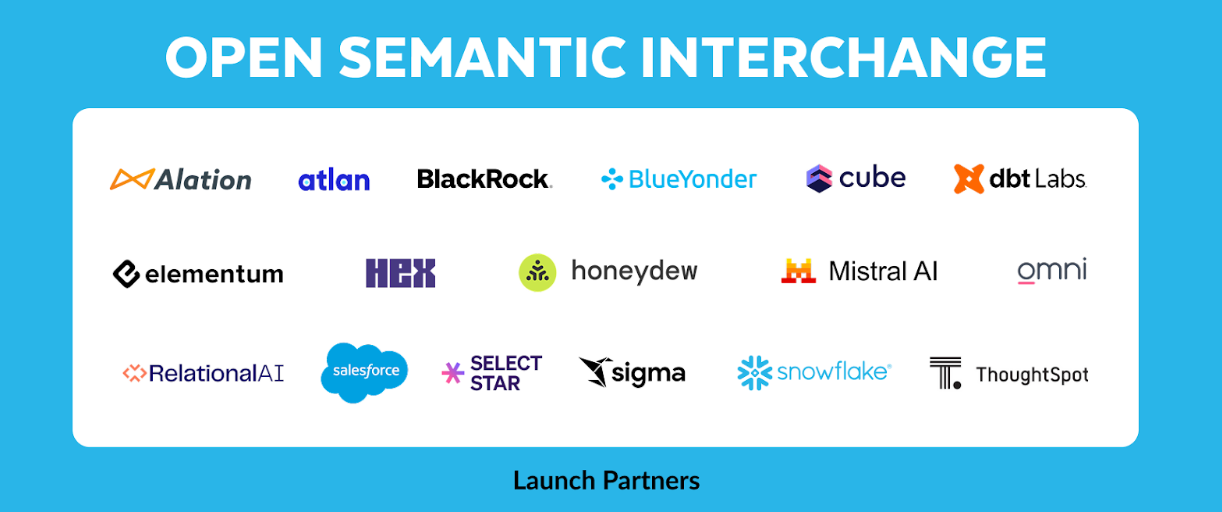

I really enjoyed this read! I totally see the value of the semantic layer, but am still skeptical. Most companies don’t have a solid foundation of data models. In order to have a solid semantic layer, you need the underlying data models to power it. I’m most worried about companies spending all their time investing in a semantic layer when their data models underlying them are complete garbage. Then you’re creating a whole other layer of tech debt that someone will need to fix in the future…. Lots to unpack here for sure!